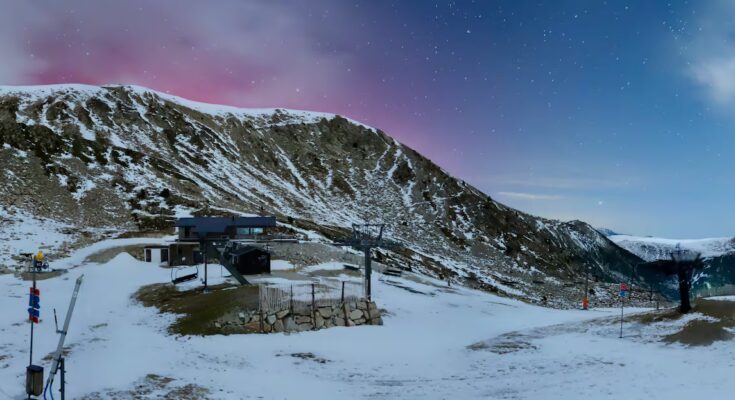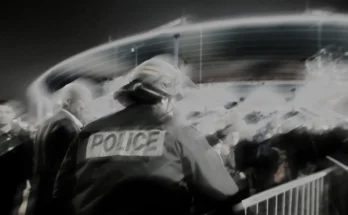The Northern Lights returned to the Catalan skies this night, but experts have announced that the phenomenon will repeat this Wednesday, during the early hours of the night. These are SAR (Stable Auroral Red) auroras, which dye the sky a pink color, the same that occurred in May 2024. Last night they were spotted over the Pyrenees and other areas of the community, but the occasion is expected to repeat itself, due to high solar activity.
The luminous phenomenon of auroras has its origins in geomagnetic storms, also called solar storms, which are produced by the expulsions of the Sun’s coronal mass, i.e. material from the star that is projected into space. When these solar particles come into contact and react with the magnetosphere, they generate these auroras.
The current storm is very active and has been classified as “severe” – at level 4 out of 5 – by the US National Oceanic and Atmospheric Administration (NOAA). From the Prades Observatory they speak of “a possible historic night of auroras” and recommend observing them from dark skies, possibly without light pollution. The peculiarity is that these are phenomena more common in the polar areas and that strangely they can be observed at lower latitudes.
🟢 SAR Aurors visible from Catalonia? 🌌
This time it will take some time to see the SAR (Stable Auroral Network) auroras from the dark cells of Catalonia! 😍
An extraordinary phenomenon that has already been seen in the last few hours 🌠 in Catalonia 💫#Aurora #aurorasar pic.twitter.com/1AN20wPdrj
— Prades Astronomical Park (@parcastroprades) November 12, 2025
The astronomical phenomenon has also been observed in other areas of the Peninsula. In fact, the Calar Alto Astronomical Observatory, located in Gérgal (Almería), reports having detected two strong coronal mass ejections that left the Sun towards the Earth, transporting a large mass of magnetized solar plasma at a speed close to 1,500 kilometers per second. The material arrived on Earth during the early hours of November 12, precisely in the Europa area, where it interacted with the Earth’s upper atmosphere and generated a strong geomagnetic storm that caused the aurora borealis.



